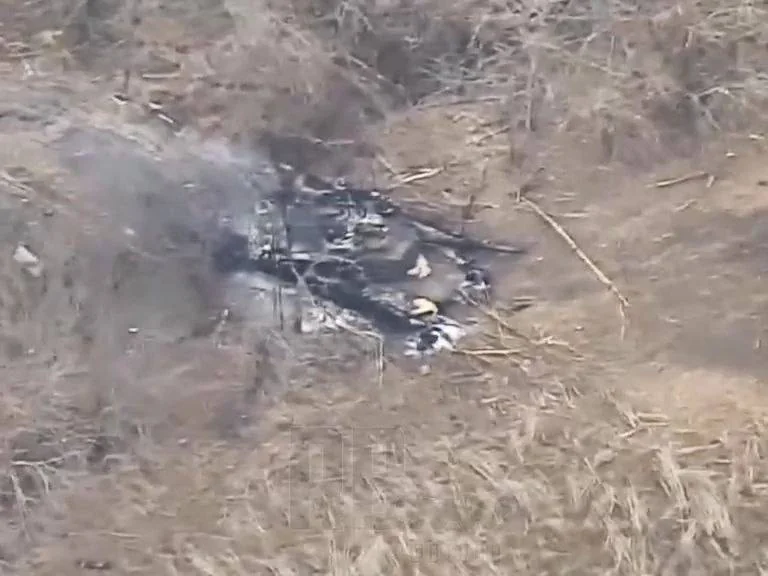

The UN imperialists got so close in Korea until the Chinese arrived and halted them, allowing the north to push all the way to Seoul’s doorstep


The UN imperialists got so close in Korea until the Chinese arrived and halted them, allowing the north to push all the way to Seoul’s doorstep


I am sure twitter and reddit are going to accept this and not say those photos are of him being a hostage


I know she had a falling out with Gus Hall, but still he must be rolling in his grave


can I see the pictures?
found some of the aftermath

could someone tell me what exactly I am seeing in this video? https://twitter.com/MyLordBebo/status/1766891196989706377/video/2


This may be the most disgusting thing NYT had said this whole genocide. Like there are more monumental statements, but this is so openly and needlessly bigoted and unhinged.


God she is such a fucking rat


lol. Someone ask them why Klobuchar was more popular


and Patton regretted it every day. Ike was the one really pushing for helping and working with the USSR.


Then why did she get trounced by fucking Klobuchar ?


I managed to find some game footage on telegram at least https://t.me/hclokomotiv_official/7865


Damn they got banned for a bit back in 2023 for
frequently calling on its supporters to insurrectional movements, which has led to serious consequences, including loss of life, many wounded, as well as acts of looting of public and private property.
And still won the presidency first round


He is not the Japanese president of Peru either, he is a Japanese-Peruvian president of Peru


btw randomly stumbled onto the fact that today is the anniversary of Guinea-Bissau’s independence being recognized. Obligatory anthem which is one of my absolute favs https://www.youtube.com/watch?v=LZ-iCCJcl1A


They are continuing this with the goal of improving moral. They know their internal politics are even more fucked if the killing stops. So this way they can deal with the contradictions all the while the US will just pour money and weapons in and give them total support. If Israel was having this internal conflict without the war the US would probably pick a side again like when they gestured towards getting Bibi out of there a few years ago, iirc backing Bennet


Pretty sure there is a Guinea-Bissau flag in there. awesome


Einstein was a socialist and refused to support Zionism.


The implication that there are premature deaths that are not in some way political is also silly.


Are you implying that his every action in the past 30 years has been a ruse? By that standard he is actually a Ukrainian nationalist and has been working towards hurtling Russia into a nuclear war to avenge Petliura. What that is contradicted by his actions? Wow you trust a career liar?


You are trolling right? Dear god tell me you are a troll. Putin hates Communism, he blamed the war on the USSR giving autonomy to Ukraine in the first place. If you want to say he is a Tsarist that would be dumb but closer to the truth. This is just pure brainrot. Motherfucker was part of what was called the Yeltsin Family, the clique of capitalists selling out the USSR to the west. Why would he destroy the USSR only to weakly try to bring back small portions of its territory decades later?
You have no coherence, you have only knee-jerk responses based on regurgitated ideology
That’s why I literally specified the “north” pushed all the way to Seoul. The halting was pretty single handedly the intervention of China, there was no means of counter offensive without them. Then the Korean People’s Army managed to push back to Seoul. Keep in mind at the very start of the war, following the outbreak, the KPA actually captured Seoul. The UN forces arrived following this and came close to ending the war in defeat for the liberation movement.
People forget there are essentially four battles of Seoul in that war, the first two are the DPRK on their own, the later ones are with China having intervened. The UN captured Pyongyang ffs in October 1950. In early 1951 with the PVA having pushed the overstretched US back, the KPA was at Seoul again.
I think the wikipedia map gif is honestly a great visual of it, keep in mind Seoul is inly a little south of the 38th parallel https://upload.wikimedia.org/wikipedia/commons/e/eb/Korean_war_1950-1953.gif
also this map showing in dotted lines how far things got by January of 1951. https://www.enemyinmirror.com/wp-content/uploads/2020/08/korean_war_inset_c-1.jpg
Some Korean units had actually been stationed in manchuria to rebuild strength during that far extent of the UN forces northward. For instance the 5th corps of the KPA. A lot of forces didn’t get the chance to take part fully in the collapse of the UN incursion, instead reentering or being at full force again when fighting reached near the 38th parallel. After all the PVA could do this incredible shocking campaign, but it means nothing if there are not Korean forces to hold those gains and get their footing again.
I sadly couldn’t find a number for the size of a Korean corps in comparison the a PVA army.